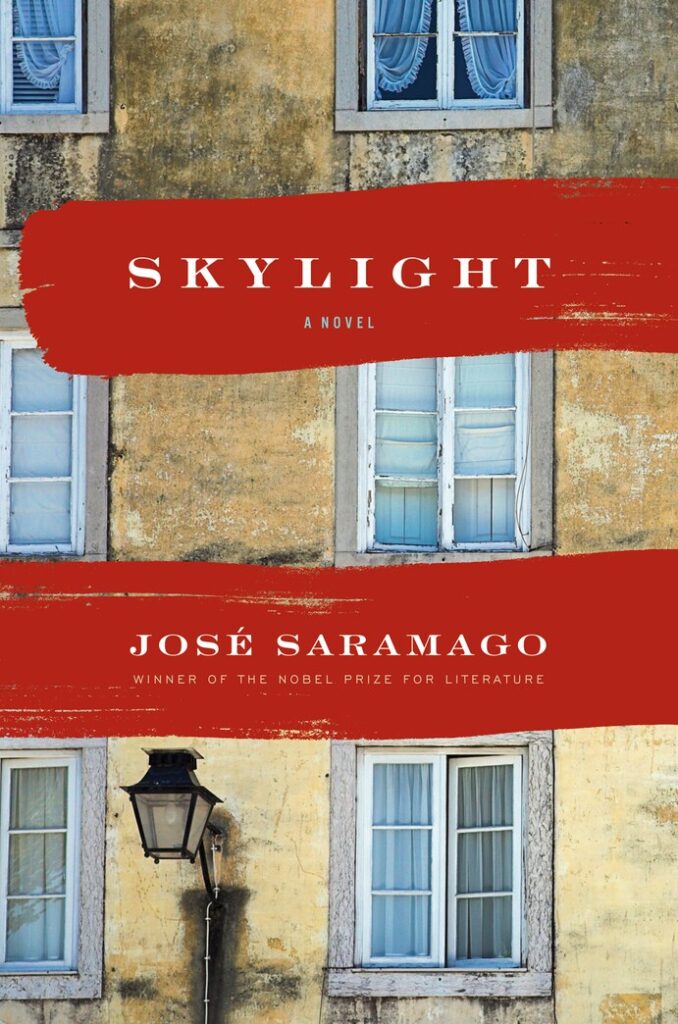Marie’s review of José Saramago’s “Skylight”
Saramago’s just published and long-neglected novel is a sketchbook for the superb work that Saramago would ultimately produce. And yet, there is no shortage of wonders to be found in it. More . . .
“Skylight”, by José Saramago. Review by Marie Arana
“The journey never ends,” José Saramago once wrote. “Only travelers end.” We may proclaim the voyage over, but we know in our hearts it isn’t true. There will always be the need to see all we’ve never seen; see again what we saw before; see in spring what we saw in summer; see in daylight what we saw at night.
Now, in a twist straight out of a Saramago novel, a traveler begins long after his life is over. “Skylight,” a manuscript penned in the 1940s and stranded in an editor’s drawer for almost 40 years, has just been published in translation. In it, we see what Saramago called “the green that preceded the harvest” — the beginning of his brilliant, Nobel Prize-winning career.
Although Saramago tinkered with fiction as a young man, a publisher’s blatant inattention to his early manuscript brought him to a creative standstill. He didn’t attempt to write another novel for 20 years. Nor did he garner international fame as a novelist until he was 60, with the wildly successful “Baltasar and Blimunda.” He had been born into humble circumstances in a tiny village in Portugal, the grandson of illiterate pig farmers, and he came of age in 1930s Lisbon, where his father worked as a police officer. He started out as a garage mechanic, became a welfare agency functionary, then moved to printing, proofreading and eventually journalism. Fired from his job at Diário de Notícias for his passionately communist commentary, Saramago began writing novels as a last resort. He was 52.
“Skylight” by then was all but forgotten, a book he had written in his 20s and submitted to a Lisbon publisher when he was 31. The work had languished in editorial limbo well into Saramago’s successful career as a novelist — before he got a telephone call from an editor who had stumbled upon it, found it delightful and was interested in publishing it. Saramago refused the offer, collected the yellowed original, brought it home and deposited it on his desk, where it sat for more than 20 years.

